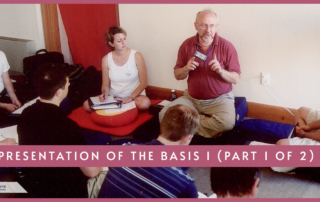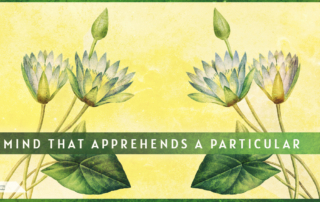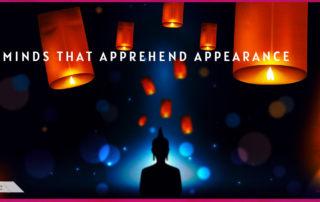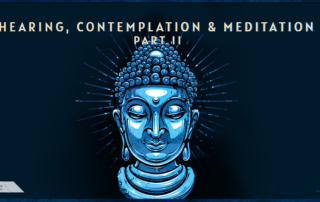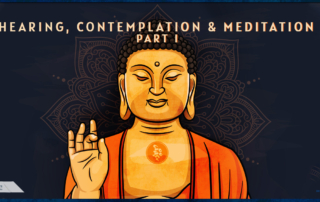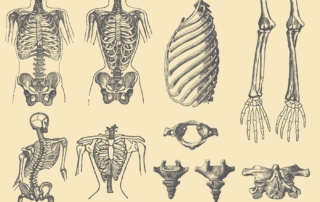PRESENTATION OF THE BASIS I (Part 1 of 2)
This excerpt is copyrighted material, please do not use or copy without written permission from Nitartha Publications. This excerpt is from our sourcebook we use for the Mind & Its World IV course. This course is an extensive exposition of the Sautrantika philosophical tradition, based on the expanded version of The Gateway that Reveals the Philosophical Traditions to Fresh Minds root text. PRESENTATION OF THE BASIS I (Part 1 of 2) Scott Wallenbach PRESENTATION OF THE BASIS I -SCOTT WELLENBACH Just as with the Vaibhaṣhika system, we will discuss the Sautrantika philosophical system in terms of basis, path, and result. The path and result are essentially
